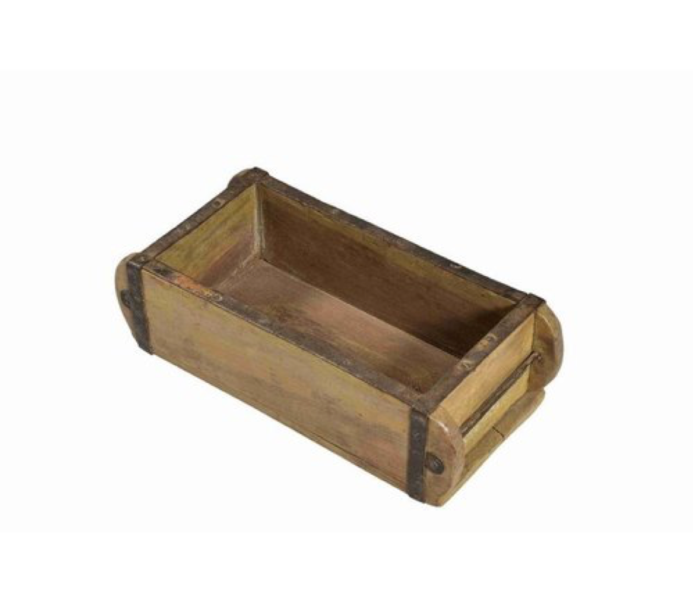Brick by Brick
We were sitting on the porch discussing jewelry, but my mind had wandered to bricks. As Santa Maya Majhi told us about her bright red bracelets and necklaces, her neighbor’s small child diverted my attention. The baby crawled from her mother’s lap and unknowingly risked letting her bottom touch the bare ground. Thinking quickly and acting as a gracious host, Santa Maya hastily produced a quasi-stool from within her house. At first, I was confused…upon what was this child sitting? Then after more movement from the young toddler, I noticed Hindu symbols imprinted on the top of the stool. It was a brick mold. The baby was sitting on a brick mold. To a Westerner like myself, this was a surprising seat choice for such a young child—certainly nothing compared to padded high chairs and car sets designed especially for children. But my surprise was quickly knocked by a hard reality. This baby sitting in a brick mold symbolized the future of some Majhi children.

While studying Majhi culture, I learned how the people group depends on outside work to provide for their families. To deal with land shortages and unemployment, many Majhi people leave their villages and go work at a brick factory in Kathmandu. While many people groups are represented in each brick factory, it is not surprising for Majhi people to compose 80 percent of a factory’s workforce. Men, women, children, and even entire families will work in a brick factory. Typically, the workers sign a six-month contract with the brick factory. When workers sign the contract, they receive advance pay. The rest of their payment is given after the completion of the six-month contract. The advance payment is typically given to family members left in the village, provided the entire family does not leave to work. Even with the advance money, however, it is still difficult for family members left in the village to find enough food during the six-month contract period. If workers fail to complete the six-month contract, they are at a complete loss—receiving no final payment while also paying back all advance money.
Work at the brick factory is difficult, hazardous, and unsanitary. Earning only about one rupee per brick made, brick factory workers endure daily exposure to toxic kiln fumes like carbon monoxide and carbon dioxide. They also live in factory shacks without toilets or access to clean drinking water. The abuse of alcohol in brick camps also leads to domestic violence and rape, putting young women at an especially high risk for abuse.
Learning about these inhumane realities was beyond troubling, especially as I remembered the young toddler sitting on a brick mold. But through my additional research and communication with Majhi people, I see a couple glimmers of hope. After learning that children would work in brick factories, I started asking Majhi people about the frequency with which young people left to work in such factories. In some Majhi villages, I learned that children still studying in school had to complete all grades before leaving the village to find work. While this priority on education is not universal, the realization of its importance appears to be spreading. The Kathmandu government also seems to be realizing that the working conditions in brick factories are unacceptable. In an attempt to reduce noxious fumes emitted by brick kilns, the Kathmandu government has encouraged the use of clean brick technologies and practices to reduce energy consumption and toxic emissions. Since the push for clean brick factory practices in 2018, over half of the brick factories in Kathmandu Valley have switched to cleaner brick making processes and machinery.
While there is still much to be reformed in the brick factories, the Majhi people’s dedication to family and endurance in the face of difficulty is incredible. I will not forget their willingness to serve one another regardless of risks.
https://kathmandupost.ekantipur.com/news/2014-03-20/brick-producers-plan-to-adopt-clean-technology.html
https://kathmandupost.ekantipur.com/news/2014-04-14/90-per-cent-brick-kiln-labourers-suffering-from-skin-related-problem.html
https://kathmandupost.ekantipur.com/news/2014-03-23/ordeals-of-children-in-brick-factories.html
